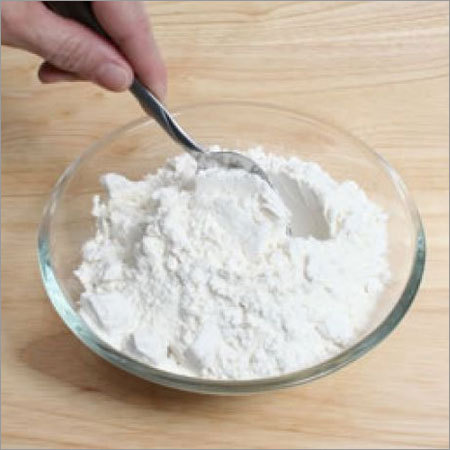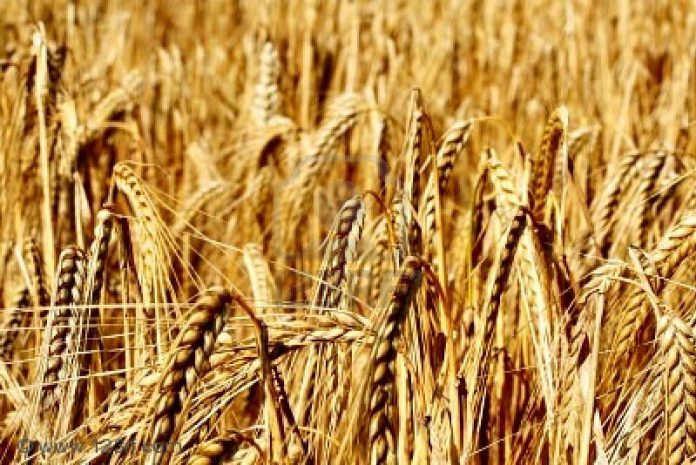We cannot totally do away with puris, naans and parathas in our lunch and dinner. As we all love to prepare these gracefulness with maida because of its pleasing soft and white texture but maida or refined flour might not be great option when it comes to its nutritional content. Read about Whole wheat flour vs Maida or refined flour.
Refined flour or maida is milled to strip grain of its bran and germ, making it scarce in nutrients. All vitamins are lost and also calcium is eliminated during its refinement process. Although whole wheat flour or atta needs the little extra kneading than maida, it can be beneficial for the health in many ways. Here is why wheat flour is the better choice than refined flour.
 Rich in vitamin
Rich in vitamin
Whole wheat flour contains a several vitamins including the folate, riboflavin and vitamins B1, B3 and B5. Though, the refining process in the white flour destroys the grain’s vitamin content. Vitamins B1 and B3 help to convert the carbohydrates present in food to energy. Vitamin B5 helps in production of blood cells. Along with that, it also helps the digestive system to metabolise fats and proteins. Some food manufacturers enrich the white flour with vitamins to replace nutrients lost during the processing. When you are purchasing white flour, make sure and check the label to determine if it has the added vitamins.
High in fibre
Another nutritional advantage of the whole wheat flour over maida or refined flour is its high fibre content. Fibre-rich foods can help to prevent constipation, lower the blood cholesterol levels and also help to lose weight. The milling process in the refined flour separates fibre-rich bran from rest of the grain. Therefore, the fibre content in maida or refined flour is typically less than its whole-grain counterpart. As it is possible to add vitamins to refined flour or maida, one thing that cannot be added is dietary fibre.
 Low glycemic index
Low glycemic index
Glycemic Index or GI measures effect of specific food on the blood glucose levels after you eat it. A low glycemic food ideally has GI of 50 or less. Whole wheat flour has a GI index of 49 and thus is not known to cause any spike in blood sugar level. This is turn can lower the risk of developing type 2 diabetes and cardiovascular diseases. Refined flour has the higher GI as compared to the wheat flour, which quickly gets absorbed in body, leading to an imbalance of insulin and sugar levels, ultimately causing the diabetes. Consuming refined flour can also leave to feeling hungry and irritable, shortly after eating.
Natural relaxant
The sufficient amount of amino acids and antioxidants in the wheat flour help the body relax naturally. Common disorders like anxiety, insomnia, headache and depression can be battled with grain. The amino acid called tryptophan is major contributor to relaxing effects of wheat flour.
 Unsaturated fat
Unsaturated fat
The fat present in the whole wheat flour is in its unsaturated form and is thus, good for the weight loss. Besides, the high fibre content in it also help in weight loss by helping to beat hunger pangs. Therefore, substituting it for maida or refined flour is a good choice for people trying to lose weight. It also contains an amino acid called tryptophan, which reduces your appetite.
Tips:
Delicacies such as the cakes and cookies are mostly prepared using the maida. However, making certain substitutions in the diet can help to reap the nutritional benefits of the whole wheat flour, without sacrificing much on the favourite foods.
When you bake the cookies, cakes and muffins at home, try using the mix of whole wheat and white flours.
When you buy pasta from the grocery store, skip the white pasta and instead go for noodles made of a mix of white and whole wheat flours. Opting for this will improve the nutritional content of the meal without sacrificing on its texture.

